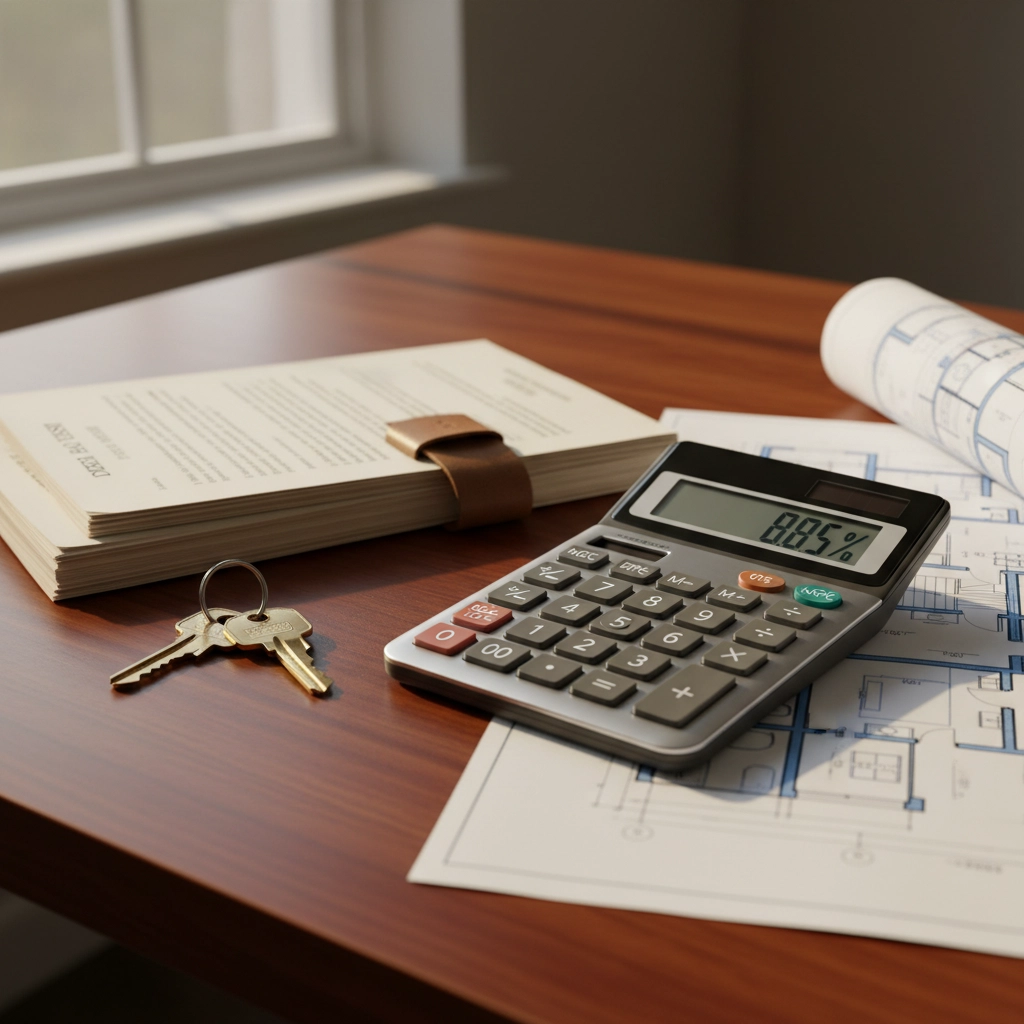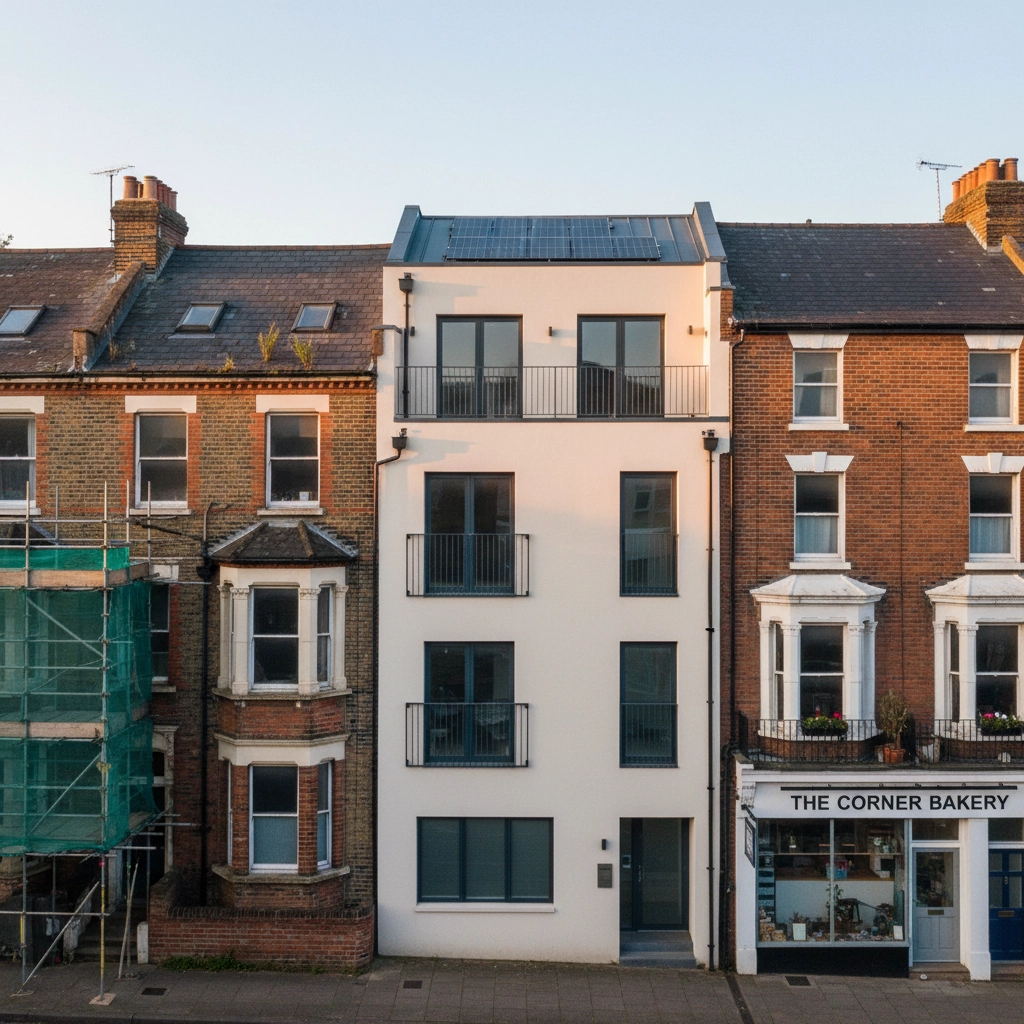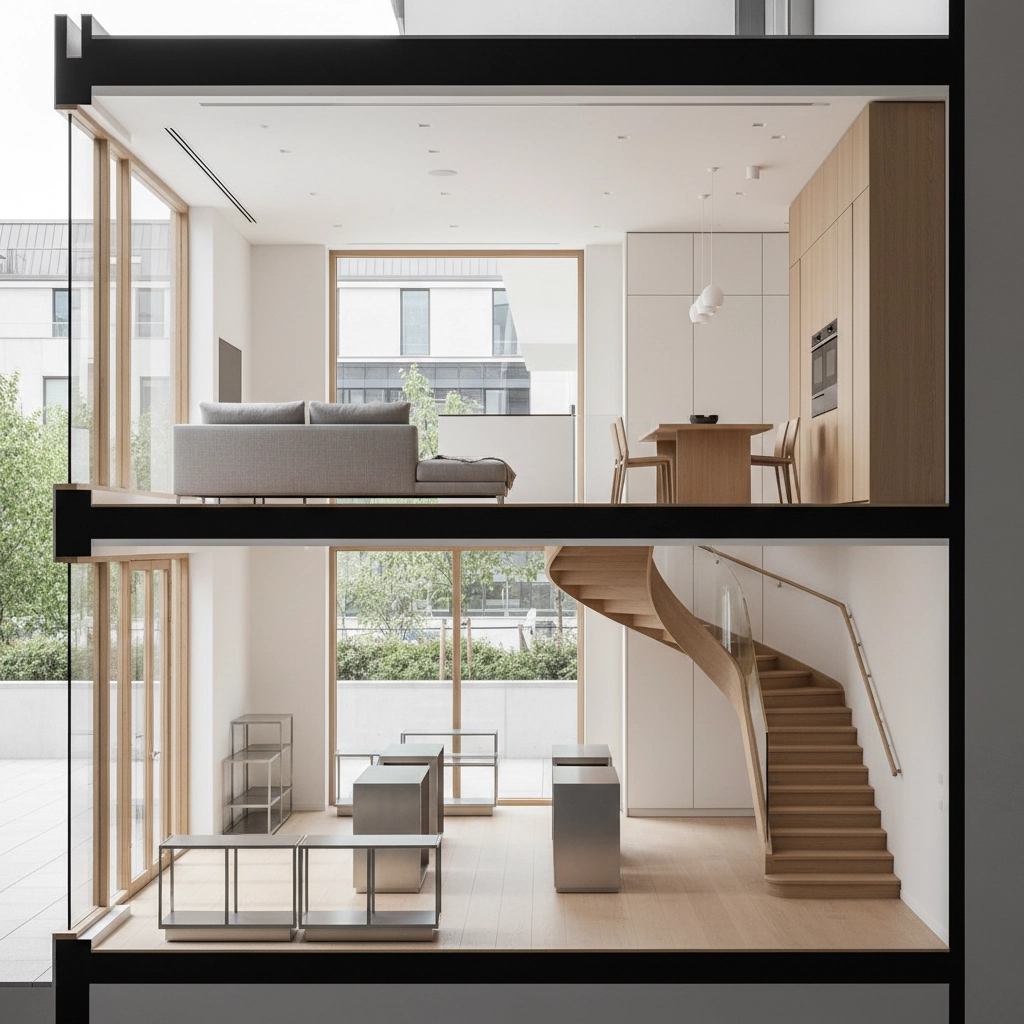Property auction yields have reached an impressive 8.85% average this year, making them one of the most attractive investment options in today’s market. With traditional savings accounts offering measly returns and the stock market feeling unpredictable, smart investors are turning their attention to property auctions for serious income potential.
But here’s the thing – not all auction properties are created equal. Some will deliver those juicy 8.85% returns (or better), while others might leave you wondering where your money went. The trick is knowing what to look for.
What Does Property Auction Yield Actually Mean?
Let’s keep this simple. Property auction yield is basically how much rental income you’ll earn each year as a percentage of what you paid for the property.
Here’s the formula: Annual rental income ÷ Purchase price × 100 = Yield percentage
So if you buy a property at auction for £100,000 and it brings in £8,850 in rent per year, you’ve got that sweet 8.85% yield. Easy maths, right?
The reason auction yields are hitting these levels is pretty straightforward. You’re often buying below market value, which automatically boosts your yield. Plus, many auction properties come from motivated sellers – banks, councils, or people who need to sell fast. That urgency can work in your favour.

The Key Factors to Compare When Choosing Auction Properties
Location, Location, Location (But Make It Smart)
Everyone bangs on about location, but in auctions, you need to think differently. Don’t just look at the postcode – look at what’s happening around it.
Is there new transport links coming? Any regeneration projects? Sometimes the best auction opportunities are in areas that are about to transform. That tatty house near the new train station could be pure gold in two years’ time.
Also, check the rental demand. A property might look cheap, but if nobody wants to rent there, your yield calculations are worthless.
Property Condition and Hidden Costs
This is where many auction newbies get burned. That £50,000 terraced house might seem like a bargain until you discover it needs £30,000 of structural work.
Always factor in:
- Repair costs
- Legal fees
- Survey costs
- Insurance
- Void periods between tenants
Get a building survey done before you bid, or at least drive past and have a good look. If the roof’s falling off, factor that into your calculations.
Tenant Profile and Rental Market
Different areas attract different tenants, and this massively affects your yield stability. Student areas might offer higher yields but come with summer void periods. Professional areas might be lower yield but more reliable.
Research the local rental market. What do similar properties rent for? How quickly do they let? Are there major employers nearby?

Residential vs Mixed-Use vs Commercial: The Yield Showdown
Residential Properties (Houses and Flats)
Typical Yield Range: 6-12%
Pros: Easy to understand, steady demand, straightforward management
Cons: Lower yields than commercial, more regulation (especially HMOs)
Residential is the bread and butter of auction investing. Houses and flats are what most investors start with because they’re familiar. You can usually get decent yields, especially in northern towns or areas with strong rental demand.
Mixed-Use Properties (Shop with Flat Above, etc.)
Typical Yield Range: 8-15%
Pros: Two income streams, often undervalued at auction
Cons: More complex management, harder to finance
Mixed-use properties can be absolute goldmines at auction. Many buyers are put off by the complexity, so you face less competition. A shop with a flat above might rent for £800/month downstairs and £600/month upstairs – that’s £1,400 monthly income from one property.
Commercial Properties (Offices, Warehouses, Retail)
Typical Yield Range: 7-20%+
Pros: Higher yields, longer lease terms, tenants often pay maintenance
Cons: Bigger deposits needed, more market risk, harder to re-let
Commercial can offer the highest yields, but you need bigger pockets. A small industrial unit might yield 15%+, but if the tenant leaves, you might struggle to find a replacement quickly.

Palace Auctions’ Top Tips for Spotting High-Yield Opportunities
After years in the auction game, here’s what we’ve learned about spotting the winners:
The “Ugly Duckling” Strategy
Look for properties that photograph badly or have cosmetic issues that put other bidders off. That house with the awful 1970s decor might be structurally sound and perfectly located. A lick of paint and some new carpets could transform it.
Follow the Infrastructure
Keep an eye on government spending announcements. New hospitals, schools, or transport links create rental demand. Buy before the development completes and watch your yield improve as the area becomes more desirable.
Check the Comparable Sales
Before bidding, research what similar properties have sold for recently. If auction properties are going for 20% below recent sales, you’ve found your margin for above-average yields.
Look for Portfolio Sales
Sometimes councils or housing associations sell multiple properties as a job lot. These can offer excellent opportunities if you can finance the bigger purchase, as the yields are often better than individual sales.
Mind the Guide Price
Guide prices at auction are usually set low to generate interest, but they give you a baseline. Properties that attract fewer bids relative to their guide price often offer better value.

Red Flags to Avoid
Not every auction property is a winner. Watch out for:
- Properties in areas with falling population
- Buildings with serious structural issues
- Leasehold properties with short leases or high service charges
- Properties in flood-risk areas
- Anything requiring major planning permission battles
Making Your Numbers Stack Up
Here’s a quick sanity check for any auction property you’re considering:
Monthly rent × 12 = Annual income
Annual income ÷ Purchase price (including fees and repairs) × 100 = Your actual yield
Aim for at least 8% to make it worthwhile in today’s market. Anything above 10% deserves serious consideration, but double-check why it’s available at that yield – there might be hidden issues.

How Palace Auctions Can Help You Win
At Palace Auctions, we’ve seen thousands of investors succeed (and some fail) at property auctions. We know what works and what doesn’t.
Our team can help you:
Get Accurate Valuations: We’ll give you realistic rental and capital value assessments before you bid, so you know exactly what yield you’re buying.
Navigate the Legal Stuff: Auction purchases are legally binding on the day, with no survey period. Our legal team can review auction packs and highlight any issues before you bid.
Find the Hidden Gems: We spot opportunities others miss and can give you advance notice of properties coming to auction that fit your criteria.
Post-Purchase Support: From finding reliable contractors for refurbishment to connecting you with local letting agents, we’re here beyond the hammer fall.
The 8.85% average yield we’re seeing shows there’s real money to be made in property auctions right now. The key is choosing wisely, doing your homework, and having the right support team behind you.
Ready to explore auction opportunities? Visit our current listings or get in touch for a chat about your investment goals. We’re here to help you find those high-yield properties that actually deliver what they promise.
….


